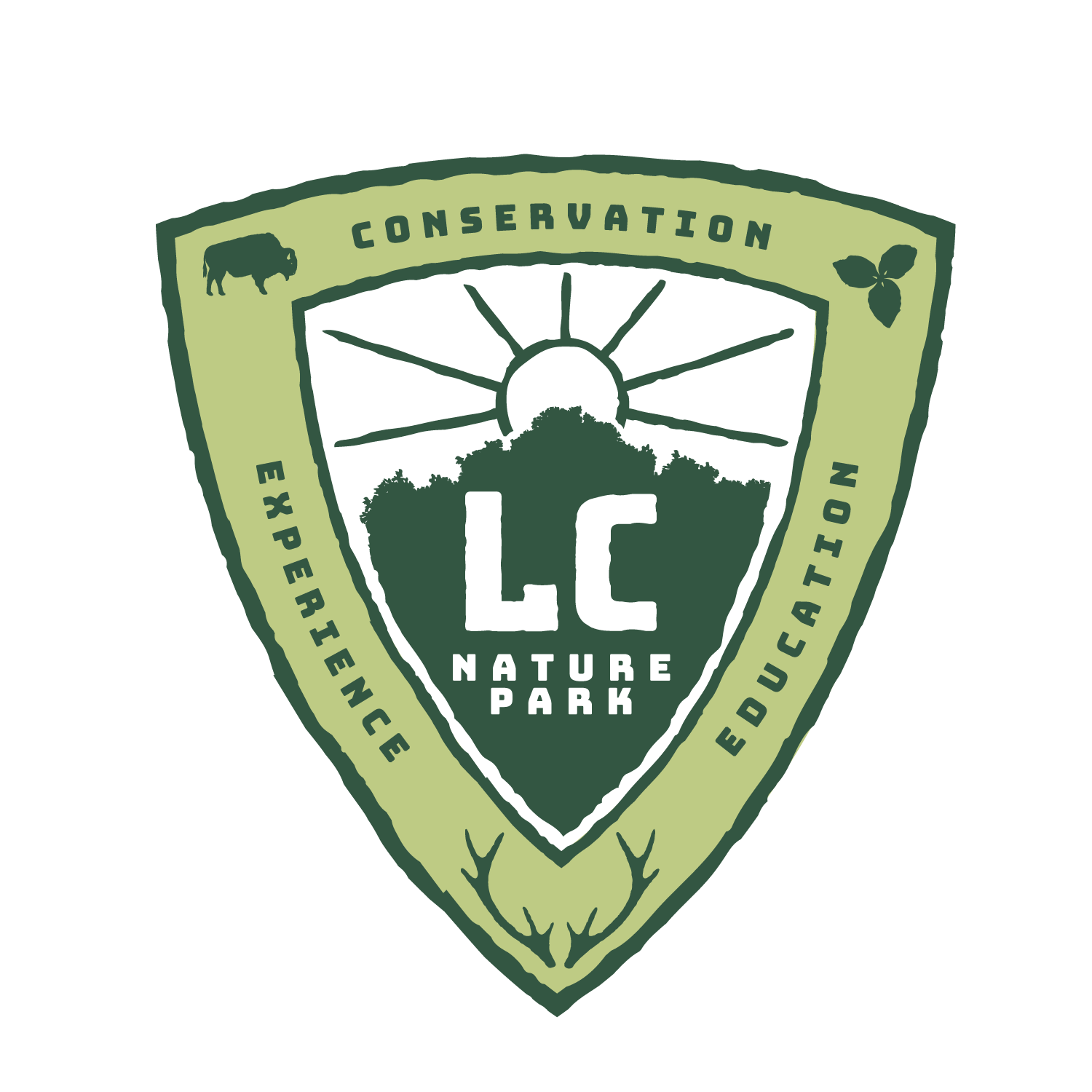Bison & Elk: Winter Warriors
Winter at LC Nature Park turns the landscape into a frosty wonderland—and while we humans pile on sweaters and sip steaming mugs of cocoa, the park’s bison and elk greet the chill with a collective shrug (or, more accurately, a puff of frosty breath). These magnificent creatures don’t just survive the winter; they thrive in it, using an arsenal of evolutionary tricks that are as ingenious as they are humorous to imagine.
Let’s start with the bison, those hulking, shaggy giants who seem to have taken "winter prep" to an extreme. Take Chocolate and Mel, two of our largest and most imposing bulls. Beneath their thick, double-layered coats lies one of nature’s most impressive heating systems. The outer layer repels snow and wind, while the inner layer traps heat like the ultimate thermal blanket. This insulation is so effective that snow often piles up on their backs without melting—nature’s version of a trendy winter hat. Imagine being so toasty that a literal snow cap doesn't faze you. If Chocolate could talk, he’d probably smirk and say, “Cold? Never heard of it.”
Leading this herd of winter warriors are Dakota and Daughter, the matriarchs. These wise ladies are the queens of efficiency, guiding the group to the best foraging spots. With a confident strut and the occasional authoritative snort, they remind us all who’s in charge. Watching them clear a snowy path for the others is like seeing someone confidently navigate a buffet line—graceful, deliberate, and always getting the best bites.
Then there’s the elk, a little more elegant but no less hardy. Among the males, you’ve got Fred, the elder statesman, and dominant rivals Frank and Murphy (who, for the record, now sports only half an antler after a particularly heated spat with Frank). Apollo and Lorenzo round out the seasoned crew, while the younger elk—Thing 1, Thing 2, and Spike—are still figuring out their place in the pecking order. These guys grow a sleek but dense winter coat and rely on a layer of fat that fuels them through leaner months. This fat is essentially their winter pantry—except it doesn’t require shelf space or Tupperware.
Watching them forage through the snow is a sight to behold. Murphy, undeterred by his lopsided antlers, uses his strong neck to bulldoze a path, searching for grass and shrubs like he’s on a mission to find the last slice of pizza. Frank, meanwhile, keeps a wary eye on him, possibly plotting his next duel. The younger elk like Spike often follow the older bulls, mimicking their behavior with a mix of awe and clumsy enthusiasm.
And what about their hooves? Both bison and elk have specially adapted feet that act like nature’s snowshoes, spreading their weight and allowing them to plod through snow without sinking like the rest of us hapless humans. These hooves also double as tools for breaking ice to access water or pawing through snow to find food. Picture Dakota delicately clearing snow with her hoof while Chocolate charges through a drift like a living snowplow.
If you’re eager to see this winter magic for yourself, January is the perfect time to visit LC Nature Park. Bring your little ones to Nature Explorers, our pre-K program on January 16, for a hands-on adventure discovering how animals like our bison and elk thrive in the wild. Or, mark your calendar for Winterval Open Day on January 20, when the park will be open for all ages to explore the frosty trails and meet our cold-weather champions up close.
So, as you bundle up and venture out this winter, spare a thought for our bison and elk. They’re not just enduring the season—they’re owning it, with a confidence and resourcefulness that would put the most seasoned winter enthusiast to shame. And if you hear a bison snort or catch an elk’s side-eye, don’t worry—they’re not judging your multiple layers of fleece. Probably.

